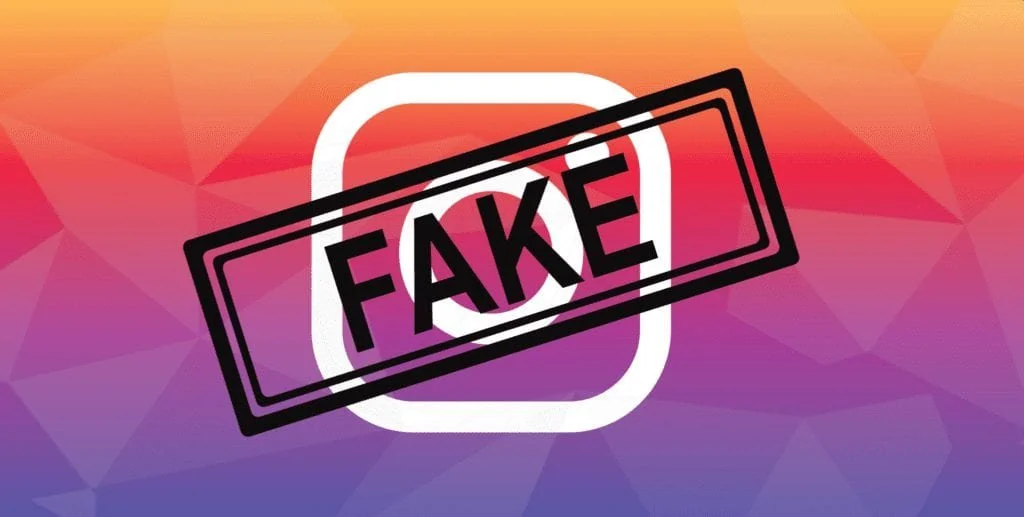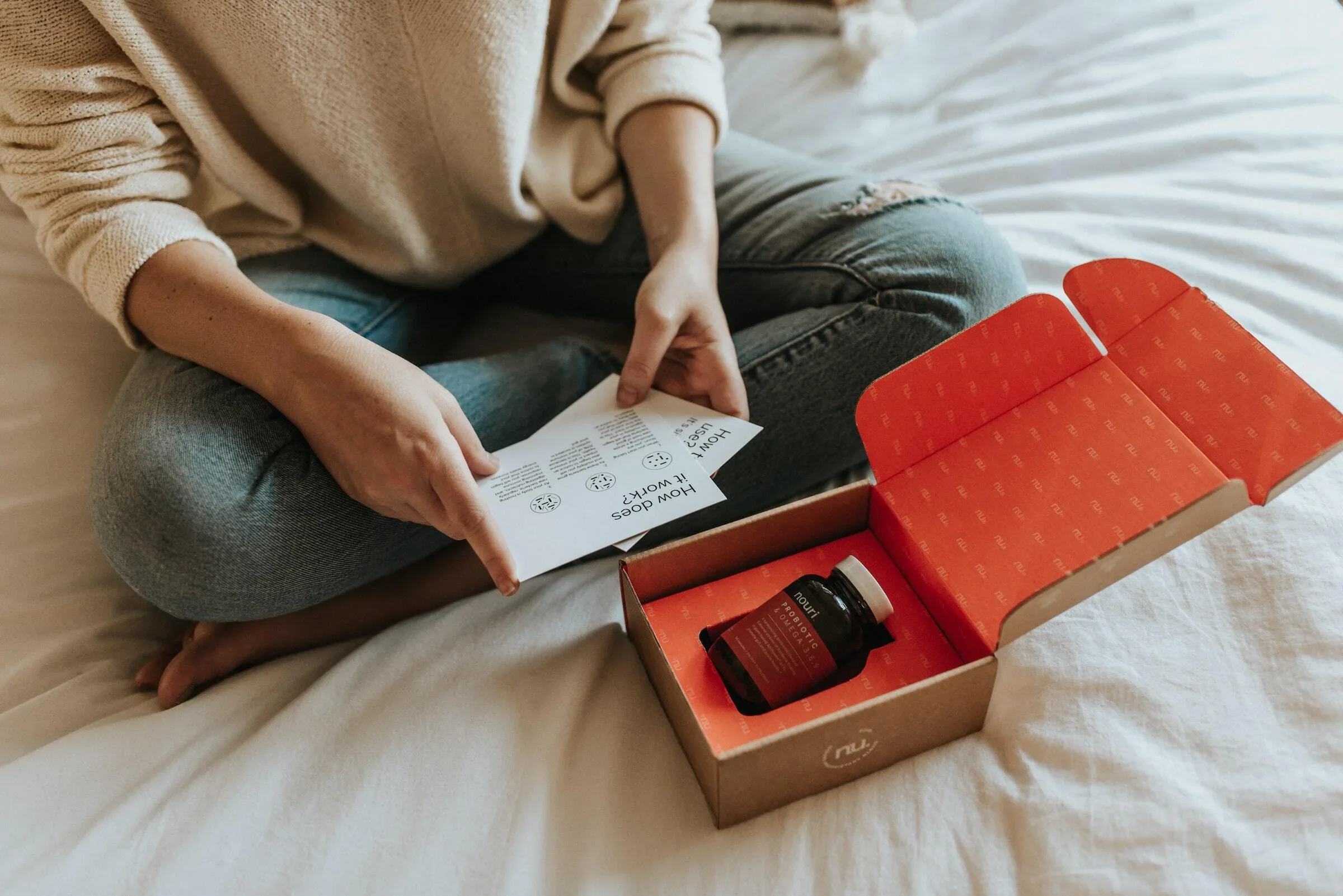Socialfolk
How to buy an Instagram following
A recent study found that fake followers on Instagram were predicted to increase by almost 60% by 2026 (VPNRanks). And while it’s easy to assume this only affects smaller or suspicious accounts, the reality is it touches creators at every level often without them realising.
There are two sides to this.
Creators can pick up fake followers simply by being online: spam accounts that follow trending creators, inactive users that never disappear, or bot profiles that follow popular accounts to look more “real.” None of this is their fault, it’s just what happens on social platforms now.
But bluntly? Some people do buy them.
Not everyone, but enough. Usually because they want to look bigger, secure brand deals faster, get onto PR lists, or be considered for trips. It happens, and when brands end up paying for reach that isn’t real, it becomes a problem.
For brands working directly with influencers, this creates challenges that aren’t obvious from the outside. A creator can look completely legitimate, strong content, great engagement, a big following, while the audience underneath is inconsistent, inflated, or simply not as clean as it appears. And that affects everything: reach, performance, cost, and outcomes.
It’s why influencer campaigns sometimes under-deliver even when the creator does everything right. The strategy wasn’t wrong, the audience data was.
One of the reasons this still happens is because brands tend to rely on the most visible metric, follower count. And on the surface, it does look like the easiest way to decide who to work with. But it’s also the one metric that tells you the least about real influence.
You can have someone with 200k followers whose content barely reaches anyone… and someone with 12k who can genuinely move product. It’s not about size anymore. It’s about who those followers are, where they’re based, and whether they actually care.
At Social Folk, we see this every day. It’s one of the reasons we have both tools and a team checking creators properly before they ever make it into a campaign. If something looks off, we dig into it. And if we’re not confident in someone’s audience, they simply don’t make the list. Some profiles do get blacklisted (quietly) because protecting our clients’ budgets comes first.
Influencer marketing still works in 2026, in fact, it’s only getting bigger.
A recent report estimated the industry will grow from $31.1 billion in 2025 to $121.8 billion by 2030, which is an average growth rate of around 31% a year.
But it only works when the audience is genuine. That’s exactly what a lot of brands don’t realise until it’s too late.


